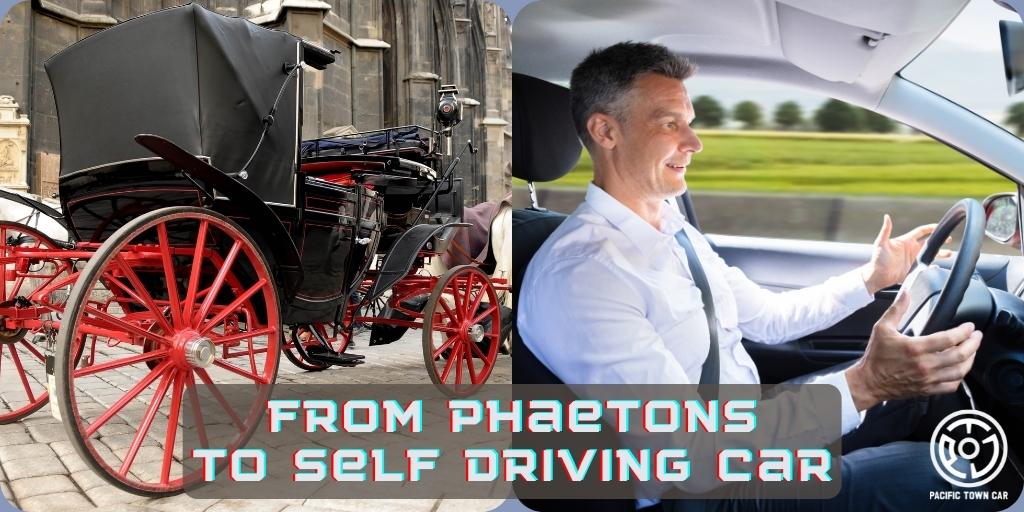Ground transportation of modern-day has come a long way from its 17th– and 18th-century counterparts. Be it the buses, cars, trains, or luxury vehicles that you can rent from a luxury limo service in San Francisco and Los Angeles, CA like Pacific Town Car (PTC), a lot has changed over the years. Let’s take a look at some noticeable periods in the history of ground transportation and how it changed from the early predecessors of limos and phaetons to today’s self-driving cars.
1- Limo’s French origins
The original concept of the limousine dates back to the 1700s, though you would hardly be able to match it with the image that crops up in your mind today the moment you hear the word “limo”. For a person renting a private limousine service in San Francisco, CA today, it could be difficult to visualize how wealthy individuals in the 1700s who moved around in covered horse-drawn carriages. These carriages had a covered enclosure for the passengers while the chauffeur was separated from them and had just a hooded cloak for protection against the elements. It’s believed that the French word “Limousin” (which was a region in France) where French shepherds wore hooded cloaks was behind the basic concept of a limo. The limo’s original design resembled the Limousin cloak’s hood as the passengers had a covered area to sit, which would keep them protected from the weather. However, the driver’s seat was outside, separated from the passengers. Though modern limos have advanced a lot, thanks to contemporary technology, it still retains the basic concept of keeping the driver separated from the passengers via a partition, which is usually made of glass, thus letting the passengers see the road ahead. Since this partition can be rolled up or down, it’s easy for passengers to talk to the driver (by asking him to roll it down), if they wish so. However, it’s important to note that most limos today have an intercom system to make it easy for the passengers to communicate with the driver without the need of asking the partition to be rolled down. If you’re an avid fan of private limousine service in San Francisco, CA, the complete account of how your favorite limo evolved from its humble beginning is worth knowing.
The early limos were extremely small in size, which made them capable of carrying only three to five passengers. In 1902, the first engine-powered limo was created. The “stretch limo” made its appearance in the late 1920s, when an Arkansas company built a longer edition of the standard limo. Thus began the stretch limo phenomenon. Surprisingly, even today, it’s the stretch limo that most can visualize when they think of a “limousine” or hear the word.
2- Phaetons
The journey of this open horse-drawn carriage, which had no doors, started in the 18th and 19th centuries. Its minimal, extremely lightly sprung body was balanced on top of four extravagantly huge wheels. This carriage was both dangerous and fast, and owes its name to the Phaëton (in Greek mythology who almost burnt the earth while trying to drive the chariot of the Sun though stopped him by striking him down with a lightning bolt that killed him). Phaetons came equipped with either one or two seats, and usually had a falling or folding top. Unlike many carriages before it, a phaeton wasn’t driven by a driver who had to sit outside (unlike the passengers seated inside, say like the Limoges. A phaeton was owner-driven and had no outside seat for the driver.
The English four-wheeled high-flyer was the most amazing phaeton. It with a light seat capable of accomodating two that rested on the top two sets of springs. The passengers had to climb a ladder to reach the seats. Compared to the somewhat inconvenient design of the English four-wheeled high-flyer, the mail phaetons that came afterward had a more reasonable design and looked more elegant than their predecessors. The primary goal of the mail phaeton was to act as a traveling and posting carriage by transporting passengers with luggage. It derived its name from mail springs, which were used in its construction. The mail springs were originally planned to be used for mail coaches.
With its American origin, another carriage burst onto the scene and was called the spider phaeton. This lightweight vehicle was designed for gentlemen drivers. When it comes to fashionable carriages, the Tilbury and Stanhope phaetons were the frontrunners, both of which were also put to use at horse shows. Double phaetons came with two seats while extension-top phaetons bore a resemblance to simpler cabriolets (small horse-drawn carriages with two wheels, two seats, and a folding hood) and better surreys (which were lightweight American horse-drawn carriage of the late 19th and early 20th centuries that could seat two or four people).
3- Fast-forward to the present day
The birth of the first automobile can be traced back to January 29, 1886, when Carl Benz (a German mechanical engineer) applied for a patent for his gas engine-powered vehicle. Since then, a lot of societal and technological changes have happened. In 2006, Ray Kurzweil – a futurist and American inventor, confidently predicted that over the next 100 years, rapid technological advances will fuel 20,000 years of progress of mankind and even drive unexpected exponential changes across the domains of businesses, society, and technology. No wonder that ground transportation has undergone a sea change since the days of phaetons. Perhaps the domain of ground transportation is changing the fastest with leading companies like Tesla, Apple, Google, Uber, Didi, and Lyft literally altering the rules of the road along with quite a few innovative start-ups. By causing massive disruptions in the fields of public transportation, automotive industry, and society while bringing radical changes in the way people work and live, thanks to exponential thinking and innovation, traveling on the road has changed significantly and for the better.
If you’re a fan of luxury limo service in San Francisco and Los Angeles, CA like the one offered by Pacific Town Car (PTC) or prefer to rent a limo for your special events or business meets or personal tours (say, for a wine tour in Sonoma or Napa Valley), perhaps you can take a closer look at how modern limos have evolved from their predecessors. Apart from the difference in design and build with modern vehicles designed for efficient fuel consumption, safety, and speed, the onboard amenities too have changed a lot. For one, they come with in-built navigation systems that not only help drivers locate their destinations but even let clients know how far their vehicle is or how much longer it will take them to reach their designated destination while their ride is in progress. Other hi-tech amenities include high-end sound systems and other entertainment options, availability of the Internet, integration of the booking system with smartphones, etc. Due to technological advancements and the Internet, modern-day limos (and even some other vehicles) are able to communicate with each other as well as with the city’s intelligent transportation infrastructures.
With self-driving technology predicted to become a major force in the future, ground transportation could change forever. While advanced driver assistance systems will help in the navigation of such vehicles, they will also help customers to order a (shared) vehicle on-demand. This convenience of ordering a vehicle as and when needed, no matter what their pick-up point or destination is, would considerably change what customers desire and how they want to get it. It’s also expected that these changes would make it more lucrative and convenient to rent a vehicle rather than owning one. After all, millennials these days are attracted to technology-driven services and products that offer them all the conveniences they would have enjoyed if they owned a car, albeit without the hassle of driving it on their own or struggling to find a parking space. At present, you can enjoy such features when you order a private limousine service in San Francisco, CA. With an experienced and fully vetted chauffeur at the wheel, you can relax and sit back (with alone or with your family members/friends, or colleagues) while being driven from point A to point B without worrying about navigating busy city roads or feeling stressed over finding a suitable parking space for your vehicle.
At present, most large cities across the world, including San Francisco, depending on complex, massive, publicly-funded systems to meet the transportation requirements of their population. If you focus on San Francisco, the city’s future is likely to see fully integrated ground transportation systems that would let people efficiently leverage all transit modes and tools – right from bicycles, buses, and taxis to trains as well as on-demand services based on modern technology like self-driven personal vehicles or luxury limo services in San Francisco, CA. However, the dream of 100% seamless smart city transportation is still far from becoming a reality as a lot of challenges lay on the road. Until then, for luxury and hassle-free ride in the city of San Francisco and its neighborhood, you can rely on a reputed private limousine service in San Francisco, CA like Pacific Town Car (PTC).

